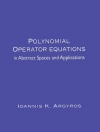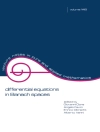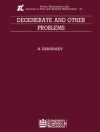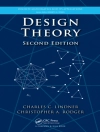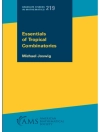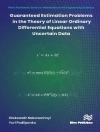Written in a clear, precise and user-friendly style, Logic as a Tool: A Guide to Formal Logical Reasoning is intended for undergraduates in both mathematics and computer science, and will guide them to learn, understand and master the use of classical logic as a tool for doing correct reasoning. It offers a systematic and precise exposition of classical logic with many examples and exercises, and only the necessary minimum of theory. The book explains the grammar, semantics and use of classical logical languages and teaches the reader how grasp the meaning and translate them to and from natural language. It illustrates with extensive examples the use of the most popular deductive systems — axiomatic systems, semantic tableaux, natural deduction, and resolution — for formalising and automating logical reasoning both on propositional and on first-order level, and provides the reader with technical skills needed for practical derivations in them. Systematic guidelines are offered on how to perform logically correct and well-structured reasoning using these deductive systems and the reasoning techniques that they employ. Concise and systematic exposition, with semi-formal but rigorous treatment of the minimum necessary theory, amply illustrated with examples Emphasis both on conceptual understanding and on developing practical skills Solid and balanced coverage of syntactic, semantic, and deductive aspects of logic Includes extensive sets of exercises, many of them provided with solutions or answers Supplemented by a website including detailed slides, additional exercises and solutions For more information browse the book’s website at: https://logicasatool.wordpress.com
Valentin Goranko
Logic as a Tool [PDF ebook]
A Guide to Formal Logical Reasoning
Logic as a Tool [PDF ebook]
A Guide to Formal Logical Reasoning
Buy this ebook and get 1 more FREE!
Language English ● Format PDF ● ISBN 9781118880050 ● Publisher Wiley ● Published 2016 ● Downloadable 3 times ● Currency EUR ● ID 4957263 ● Copy protection Adobe DRM
Requires a DRM capable ebook reader




